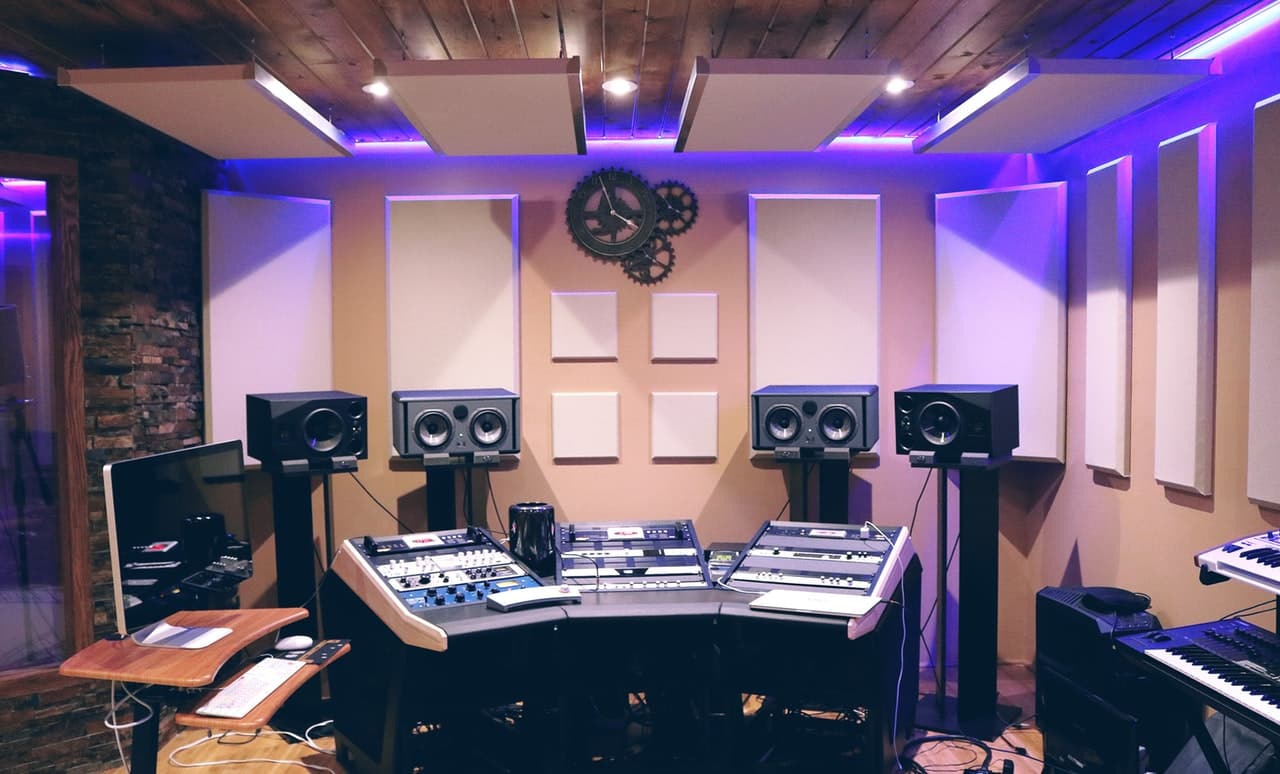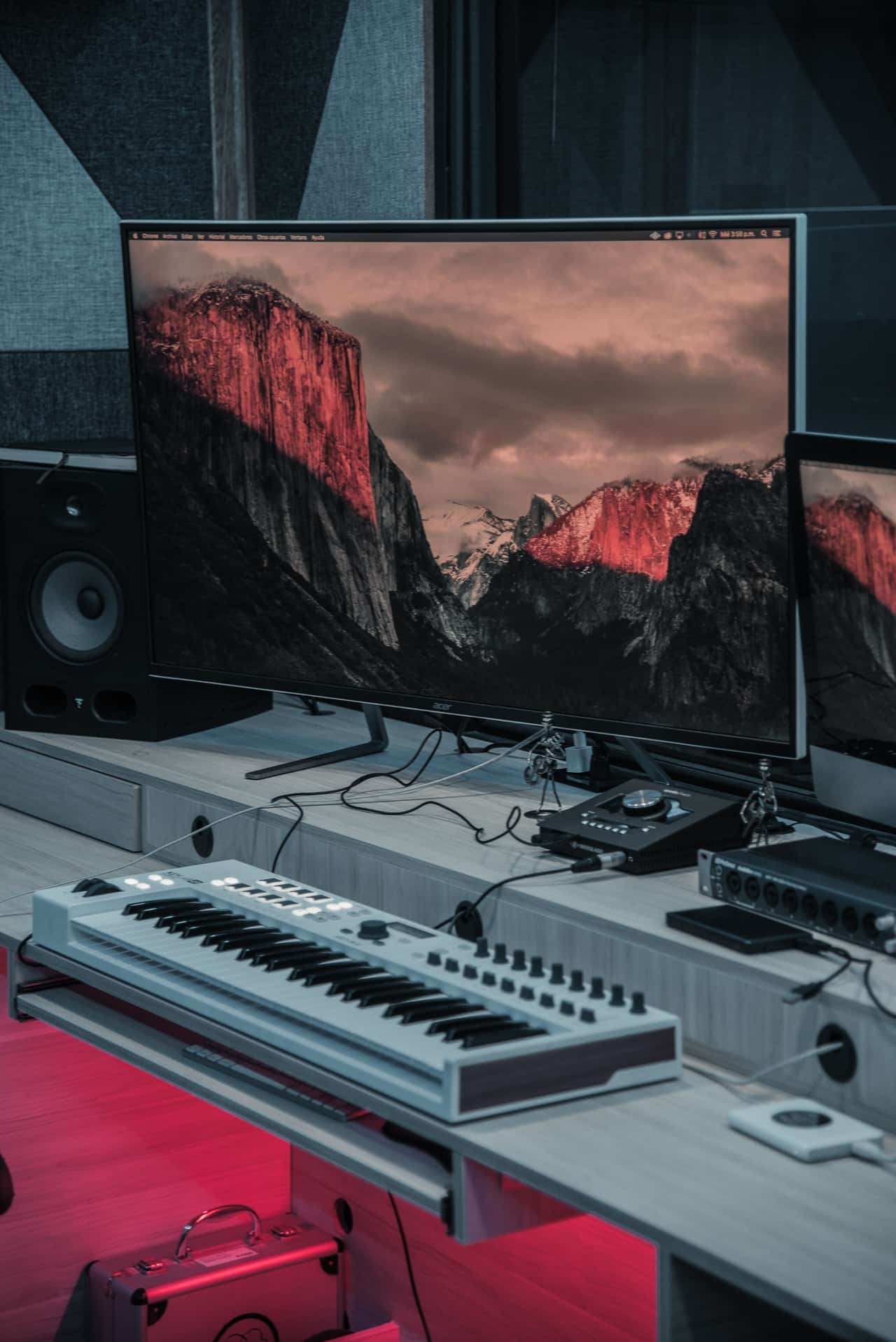From CDs to streaming, and the exponential growth rate of music-related apps, the way that we interact with music as a popular art form and medium for self-expression has undeniably evolved. Where once there was a divide between fans and musos, the rise of independent music production technology has genuinely evened the playing field. Here are a few small ways technology has enabled this shift to occur.
IMAGE: PEXELS
Production Technology
A smart guitar, percussion pad, USB mic, and a laptop. That’s all you really need to get a solid start in independent music production. In the past, independent music production had always been defined by loop recordings, streamlined sounds, and a fierce embracing of the ‘bare essentials’.
British rapper and recording artist M.I.A. got her start in this exact fashion, with a simplistic 3-set home studio whose central element was an MC-505 synth, a product which was also heavily utilized by Radiohead. However, nowadays, music production technology isn’t simply defined by its ability to sample alone, but also by its digital adaptability, and multifunctionality.
There has been a myriad of multifunctional production tools hitting the market over the past few years, from Maple’s game-changing Fusion guitar to the Roli Seaboard, Novation Launchpads, and a great selection of other innovative MIDI controllers.
With some experimentation, independent recording artists have been able to use these production tools to craft some seriously ethereal sounds, ultimately transforming the industry’s perception of independent music production and the potential of independent artists.
Sharing And Streaming
There’s been extensive media coverage on the influence that platforms like Spotify, Soundcloud, and YouTube have held on the cultivation of a new generation of recording artists. The total accessibility of these platforms allows virtually anybody the chance the create and share music with the world at large, without having to seek out the resources of third-party record labels. Young musicians like Tori Kelly and Justin Bieber were able to generate a fanbase by sharing and uploading covers of popular songs before then going on to producing independent material.
Similarly, Billie Eilish was able to make it big on Soundcloud with her original song ‘Ocean Eyes’. The next big platform for new musicians is Spotify. Spotify has the advantage of being both a platform for experimentation, as well as a reputable streaming service with an emphasis on diverse playlists, meaning it’s entirely possible for up and coming artists to wake up one morning and find themselves on a playlist with some big-name artists. It’s been said that Spotify’s algorithms for streaming may also be greatly influencing music today, from song composition to the length of albums.
Social Media And Apps
Streaming isn’t the only major player in the music industry’s digital operations. In fact, several emerging platforms have the potential of generating new business or opportunities for up-and-comers and industry professionals alike.
I’m, of course, talking about apps like Melbourne’s Muso App and Vampr, the former being a forum wherein which musicians can connect to venues and potential employers, and the latter where musicians can connect.
Community-oriented apps like these are greatly facilitating the growth of local music scenes as well as allowing small-scale artists with a chance to network, develop their sound, and hopefully even make an impact! It’s no surprise that technology has drastically transformed the music industry in every sense of the word.
As more platforms for sharing music and building community connections continue to emerge, each forming the backdrop to a new artist’s inspirational success story, it’s apparent that all today’s young artists really need to do is to use the resources that are available to you and start creating!
If you are interested in even more technology-related articles and information from us here at Bit Rebels, then we have a lot to choose from.


COMMENTS